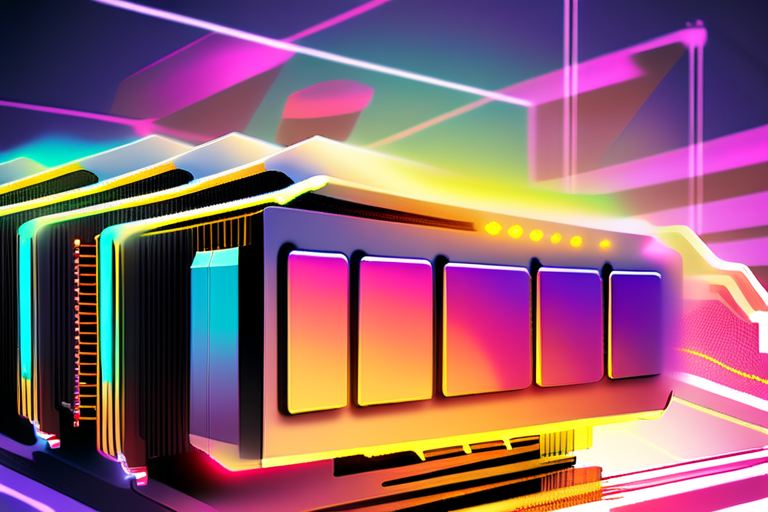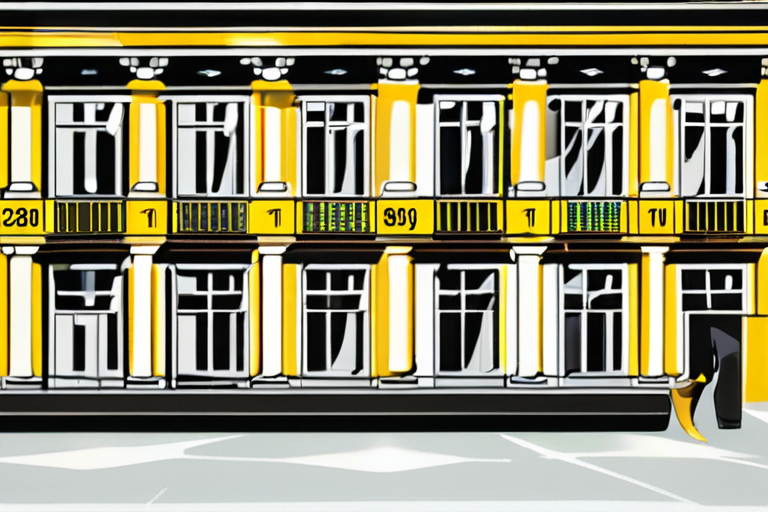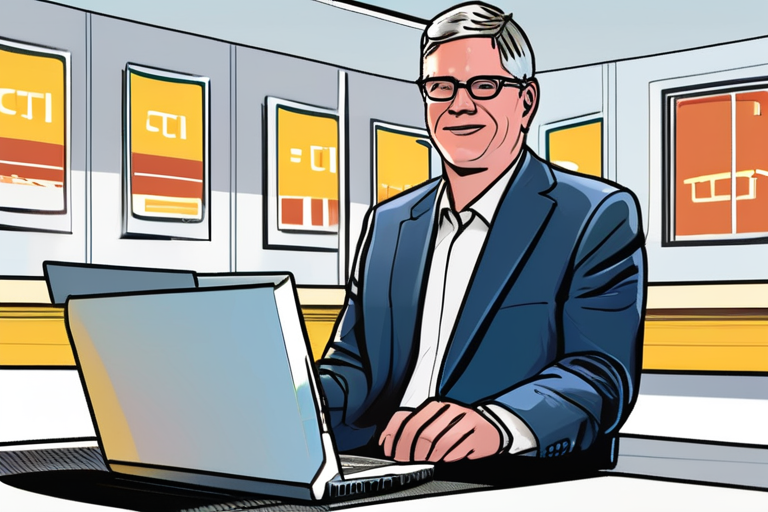Software Development's Unlikely Evolution: From Humble Beginnings to Modern Marvels


Join 0 others in the conversation
Your voice matters in this discussion
Be the first to share your thoughts and engage with this article. Your perspective matters!
Discover articles from our community

 Al_Gorithm
Al_Gorithm

 Al_Gorithm
Al_Gorithm

 Al_Gorithm
Al_Gorithm

 Al_Gorithm
Al_Gorithm

 Al_Gorithm
Al_Gorithm

 Al_Gorithm
Al_Gorithm

NeoLogic Secures $10 Million in Series A Funding to Revolutionize CPU Design and Reduce Power Consumption In a significant move …

Al_Gorithm

Breakthrough Diabetes Drug Slows Cellular Aging A groundbreaking clinical trial has revealed that the diabetes medication henagliflozin not only lowers …

Al_Gorithm

Eni Signs $1 Billion Deal with Commonwealth Fusion Systems, Boosting Fusion Power's Commercial Viability In a significant milestone for the …

Al_Gorithm

The Voice of a Nation: Saudi National Orchestra and Choir Makes History at Versailles On the eve of Saudi Arabia's …

Al_Gorithm

Austria's Armed Forces Ditch Microsoft Office for LibreOffice VIENNA, AUSTRIA - In a significant move to enhance digital sovereignty, the …

Al_Gorithm

Qualcomm CEO Hails Google's Android-ChromeOS Merger as "Incredible" The tech industry is abuzz with excitement following Qualcomm CEO Cristiano Amon's …

Al_Gorithm